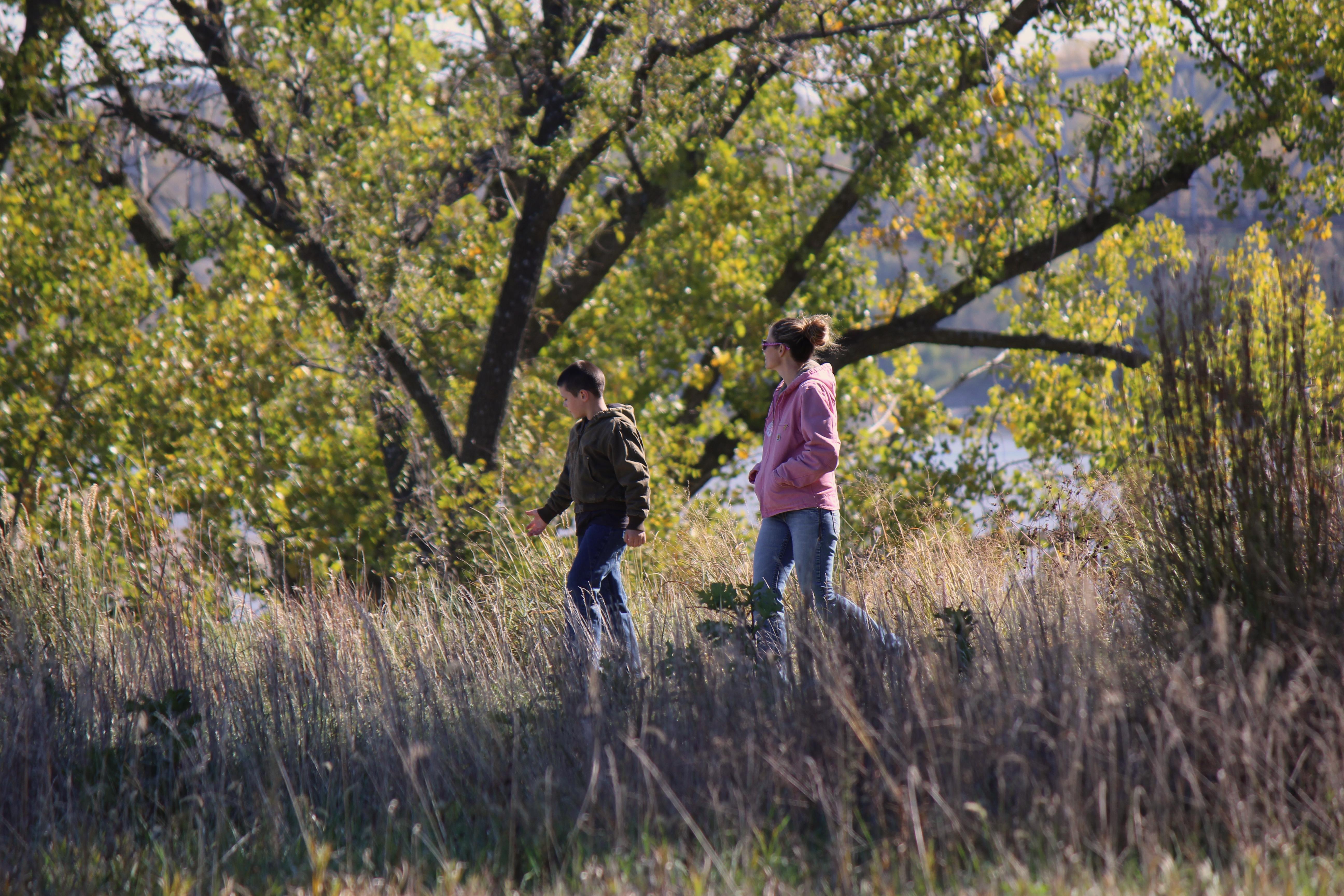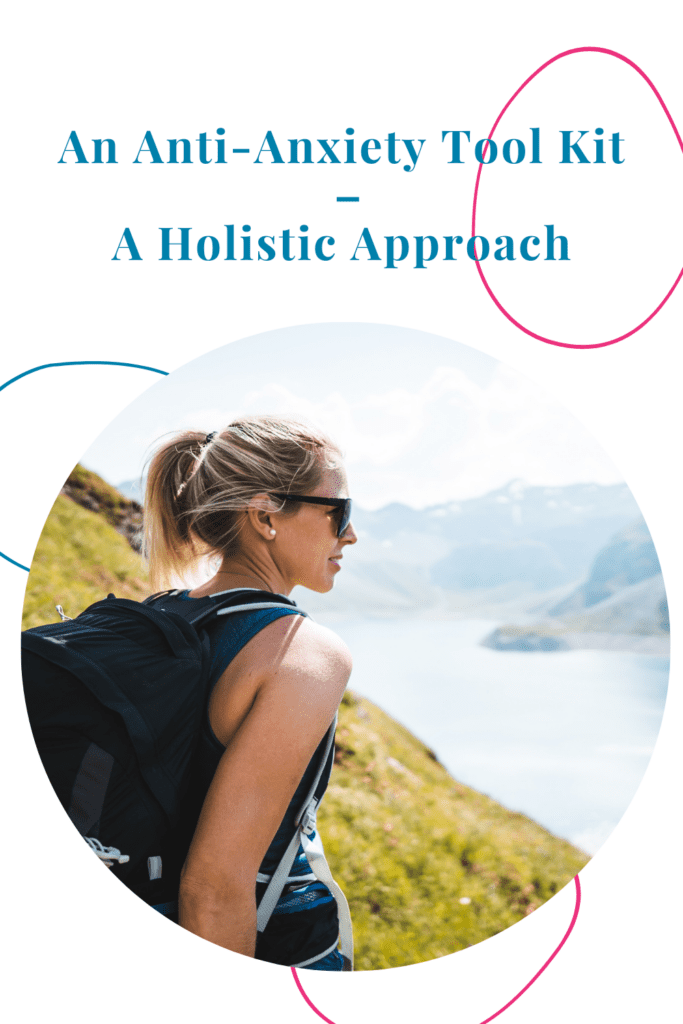 It is important to know that while anxiety and depression are both undesirable states, anxiety is in fact considered the opposite of depression. Anxiety is a high-energy, wired state while depression lacks all motivation and energy. Some individuals experience both, but many others are more prone to one or the other. According to mental health, experts anxiety is a mix of unaddressed emotions. Both anxiety and depression are often the results of repressed anger, however, depression tends to be the result of prolonged periods of anxiety that is not effectively managed.
It is important to know that while anxiety and depression are both undesirable states, anxiety is in fact considered the opposite of depression. Anxiety is a high-energy, wired state while depression lacks all motivation and energy. Some individuals experience both, but many others are more prone to one or the other. According to mental health, experts anxiety is a mix of unaddressed emotions. Both anxiety and depression are often the results of repressed anger, however, depression tends to be the result of prolonged periods of anxiety that is not effectively managed.
I believe that there is no magic pill for mental health. I like to have a lot of tricks in my tool kit that I try to make part of my daily life (or weekly) in order to manage my stress levels. Below are a few tools to support the physical body, that I have found to be very effective to manage anxiety levels that go beyond nutrition.
1) Light Therapy – It is no surprise that depression and suicide rates happen to be the lowest in the sunshine belt. Unless you can afford to move South, this finding might not sound hopeful. However, light therapy has proven to be quite helpful for many people. Making a point to go outside on a daily basis, even when it is raining or cloudy, has helped many people to better cope with the reduced sunlight during the fall and winter months.
Buying a light box and exposing yourself to thirty minutes of light a day is optimum to manage Seasonal Affective Disorder. Regular lights are not bright enough. Lights used for SAD are ten times stronger. The bright light triggers nerve signals to the brain as the light passes through the eye. This causes the brain to release hormones and chemicals responsible for mood. Essentially, the light is designed to trigger the same response in the body as the light from the sun does. Exposing yourself as soon as possible after waking seems to be most effective. Make sure you purchase your light from a reputable company. There are a lot of companies that are not selling the real deal.
2) Meditation – I am not about to suggest that meditation cures everything or changes who you are. Meditation instead helps you accept yourself and the experiences you are currently experiencing. It doesn’t change you or make you ‘perfect’ or prevent you from ever losing it. After all ‘losing it’ is part of the catharsis and balance of the human experience. Rather than change you, it changes how you perceive and feel about people and situations. It puts a distance between a situation and your feelings about it as well as how you react to them. Meditation doesn’t change you, but it helps peel back the layers of the proverbial onion and brings you closer to your authentic self–your truth, and who you were meant to be.
3) Exercise – As explained in my previous article, exercise is imperative to managing anxiety and depression and is equivalent to a medium dose anti-depressant or anti-anxiety. We were not meant to live sedentary lives. We sit way too much. Moving produces happy hormones and chemicals. Think of yourself as a self-producing happy hormone factory and movement is the pump. Find a form of movement you love and pump away!
4) Deep Breathing – Mystics have long believed that your breath is your Spirit. Whether you believe that or not, changing your breath literally stops the stress in its tracks. Drawing your attention to your breath and controlling your breath has profound effects on the physical body. It interrupts the stress cycle by relaxing the central nervous system, oxygenating the blood, quieting the brain, and grounding the body. It is nearly impossible to stay in flight-or-fight mode when you practice this technique.
Below are a few of my favourite breathing techniques:
The 6-4-6 Technique – I really like the 6-4-6 technique in which you inhale evenly for a count of 6, hold for 4 seconds, then exhale for 6 counts. Repeat this cycle for 5 minutes (or even just a few repetitions if that’s all you have time for).
The 5-5-5-5 Technique – This is much like the above-mentioned technique except you breathe in for 5, hold for 5, release for 5, hold for 5 and repeat the cycle several times. In Kundalini Yoga, the goal is to build your lung capacity to work yourself up to a 20-second cycle (20-20-20-20).
5) Walk-in Nature – As if we needed another study to tell us that walking in nature is good for us. Who doesn’t like to take a walk in a serene forest, with the sunlight streaming through the trees? The Japanese have been practicing, shinrin-yoku, also known as “forest bathing”, for some time now as a regular form of wellness and healing.
Not only does the colour green promote a sense of calm, but even nature sounds reduce stress levels. After three days in a forest, the subjects of a study had dramatically elevated killer cells and cancer-fighting proteins. Individuals who spend time in nature have greater mental clarity and lowered levels of stress hormones; they reported experiencing a greater sense of calm. Blood pressure and cortisol levels were lowered among men who spent just 15 minutes in the forest instead of the city. Similarly, in another study children experienced reduced stress levels when they played in a schoolyard with a natural terrain versus asphalt.
6) Get Unstuck: Try an Espresso Breath – The Breath of Fire is a great meditation to bust through that stuck feeling. I practice it every morning before meditating as it is an excellent way to wake up. It is also great for that mid-afternoon slump. It gives the adrenals a boost, clears toxic and stale breath from your lungs, releases toxins from all the cells in the body, triggers the brain waves to create a global, alpha rhythm, and cleanses and oxygenates the blood. I have also used this when I experience a muscle cramp or spasm and very often experience immediate results. The reason I mention it here is that I have found it effective to break free from a funk or a tired, low mood. It is also great to do periodically throughout the day or before a stressful meeting or situation.
The first time I practiced the Breath of Fire in a Kundalini Yoga class I felt a little self-conscious as it was unlike any other breathing exercise I have ever done. You might feel like a complete wild woman at first but give it a try and after a short time, you won’t care who’s watching because you will love the way you feel afterward.
The Breath of Fire consists of deep and powerful breaths from the bottom that come from the bottom of your belly. They are rapid and rhythmic exhales through the nose with a reflexive and passive inhale. As you inhale, the belly extends out away from your spine. On the exhale, the belly pulls in toward your spine causing your diaphragm to relax. The inhale and exhale should be the same length. Try to work yourself up to three minutes. It is not uncommon to experience light-headedness as a beginner. People with heart conditions are not advised to try this. Pregnant and menstruating women should do long, even breaths instead.
Kundalini Meditation and Yoga Teacher Gabby Bernstein show how to do the Breath of Fire here. She demonstrates the Breathe of Fire with arms up (thus making it a slight variation known as the Ego Eradicator, but the breathing technique is the same). The Breath of Fire can be done sitting down or standing. The best thing about the Breath of Fire is that it doesn’t take long. You can make it a part of your bathroom break!


